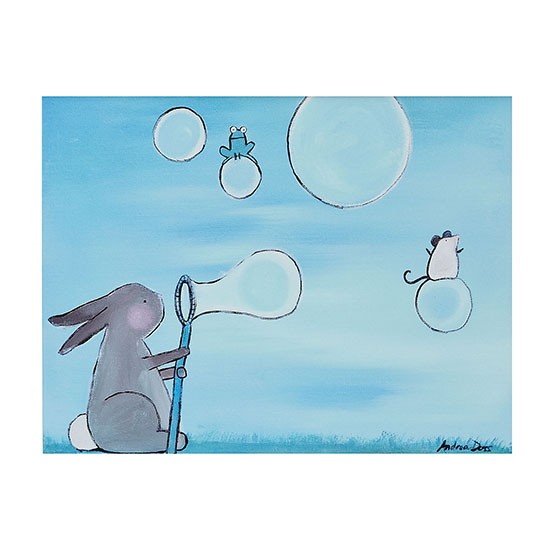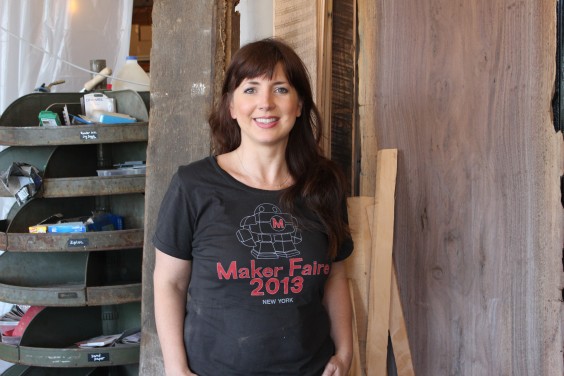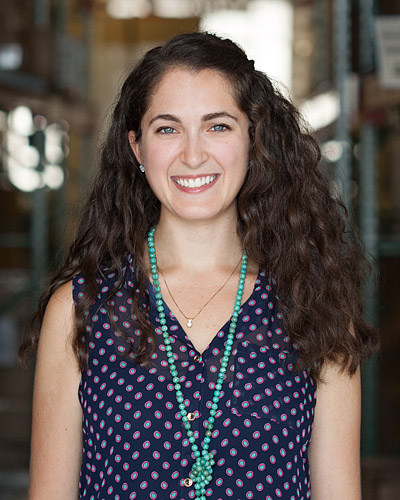Where do I sell my work? Is retail or wholesale better? How do I make work that will sell?
These are the questions I hear all of the time as a jewelry instructor. My students at Liloveve Jewelry School, 92Y, and Brooklyn Museum range from making their first piece to running successful businesses, but all have one thing in common–the need to create something tangible that didn’t exist before.
During my time as the production manager at Pamela Love Jewelry and Allforthemountain, I learned how the jewelry industry works inside and out from handmade one-of-a-kind pieces, small scale in-house production and outsourcing work with United States based factories. Through the years of designing my own collection which is sold at over 50 boutiques Worldwide, I’ve found what works for me.
Where will I Sell My Work?
- Directly from your studio. The Holidays are a great time of year to have a sample sale in person and/or online to get rid of some inventory to make room for new work.
- Have a jewelry (or other item) party! Ask a friend or family member to host you and your work at their home or office. Bring snacks and wine and gift your host a piece for having the party.
- Online – Etsy, bigcartel, your own Squarespace, site and so many more! There are tons of ways to make an inexpensive online presence or website that someone can shop from.
- Retail Shows – Retailing is selling your goods directly to the public from a fixed location or online. Check out local craft shows in your area. The Holidays are great because people are looking for gifts. Be sure to ask the what the median price point is and what other vendors will be there to make sure you’re a good fit. Also, make sure to have a sign and a cohesive display for your work. Good lighting is a must, especially for jewelry, so make sure to ask about electricity. Don’t forget your business cards or postcards and packaging. (Some of these Trade Show Tips go for retail shows as well.)
- Wholesale – Wholesaling is selling your goods in large quantities to be resold by other retailers. Set a minimum price or piece order to make it worth your time and so a retailer has a good selection of your work represented. Check out local stores you think your work would fit in with. Who else do they sell and for what prices? Would your work look good next to them? Walk in wearing your work (or pictures of your objects), be very friendly and ask who is the buyer and get in touch. Don’t waste your time or buyers time if it’s not a good fit or price point.
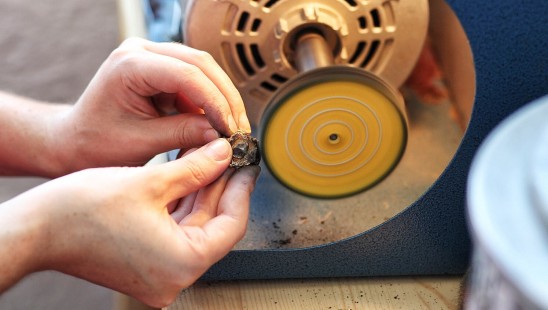
How Can I Streamline My Production?
- Focus on efficiency of creativity while you’re producing. Perfect your first piece (your model) on design and craftsmanship and then break down each step. Work in an assembly line fashion instead of making one piece start to finish, even if you’re by yourself. You work faster while your body gets in the rhythm.
- Buy in bulk when possible. Stock up on supplies and materials like chains and findings. Go in with other artists to get the best prices possible.
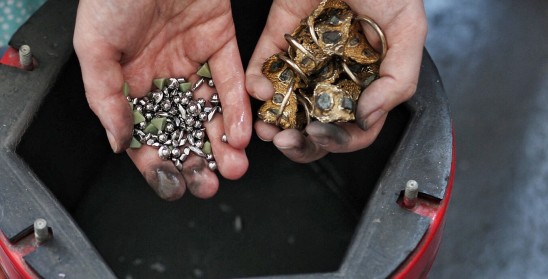
- Develop a clear track for your orders from the second you receive it from when it ships out your door. I use a production schedule which I find really helpful. This helps me keep track of the items I have to make for stores and clients, what I have in stock, and what I have to make.

- Think about what you’re great at, and what someone else can do for you. As an artist you want to follow your heart on how you make something, but as a business owner you need to use your brain on the most cost effective way. Try to find the balance and make your work efficiently without lowering your quality.
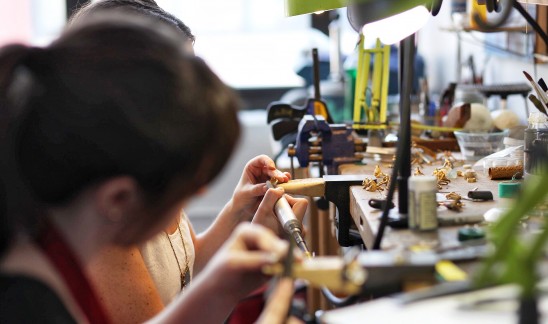
What are the Best Tips for Success?
- Make your own decisions; you’re the boss! Whether you’re hiring an employee, deciding whether a new store is a good (or bad) fit, telling the owner of a store they can’t change your designs (this happens to me once a week – you are the designer), there are tons of big and day-to-day decisions with running a craft business.
- Find a middle ground. As an artist, you will have the tendency to make decisions based on feelings and intuition. As a successful businessperson, you will need to make decisions based on rational calculation. I like to find a happy medium between the two.
- When you need help, ask for it. Use the resources of friends, family, and local businesses around you. No one can do everything! Know when to delegate.
- Be thoroughly professional.
- Accept nothing less than the highest standards of your work. Never cut corners to make a deadline; your work will suffer and people will notice. Customers buy handmade for good quality products. The goodwill of your customers if your most valuable possession! Don’t jeopardize it by delivering late or shipping work that’s not high quality.
- Never stop learning!

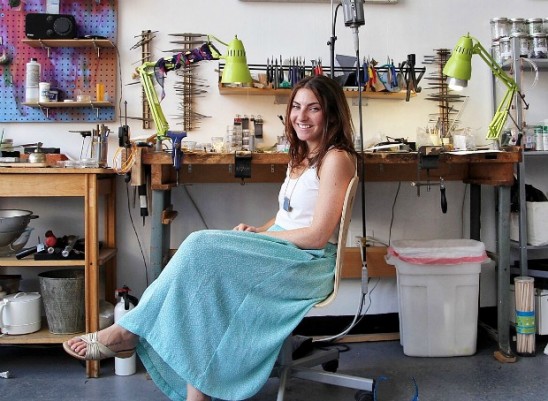
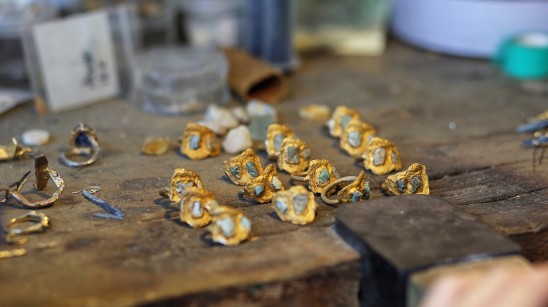
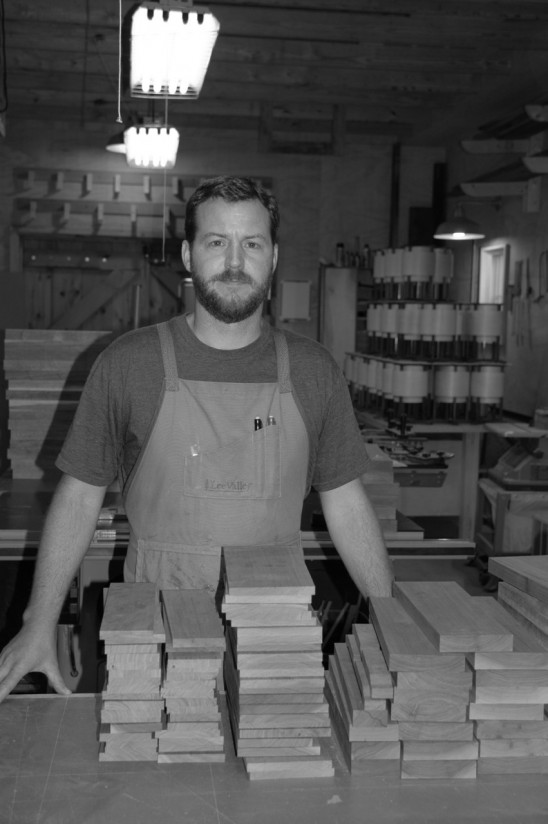
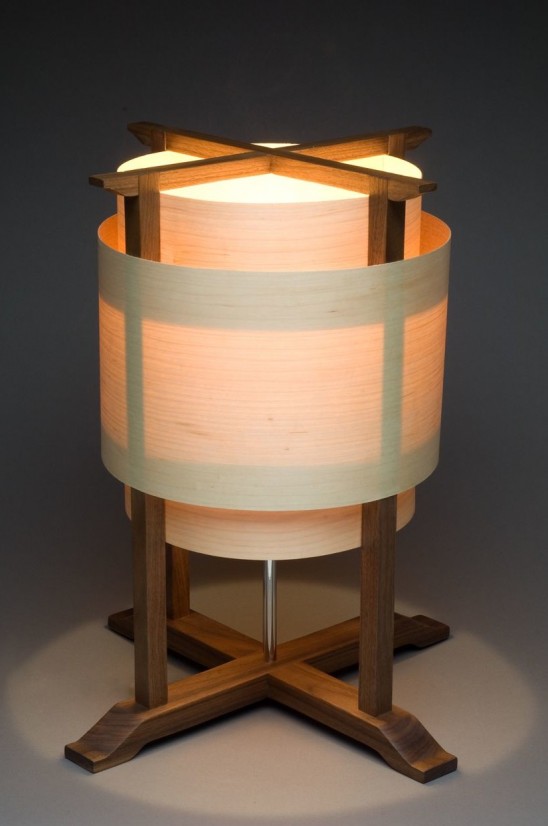
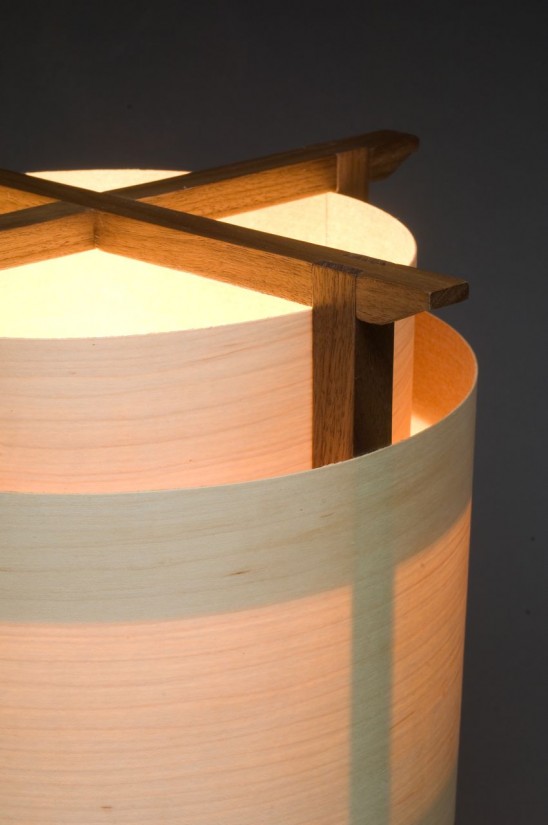
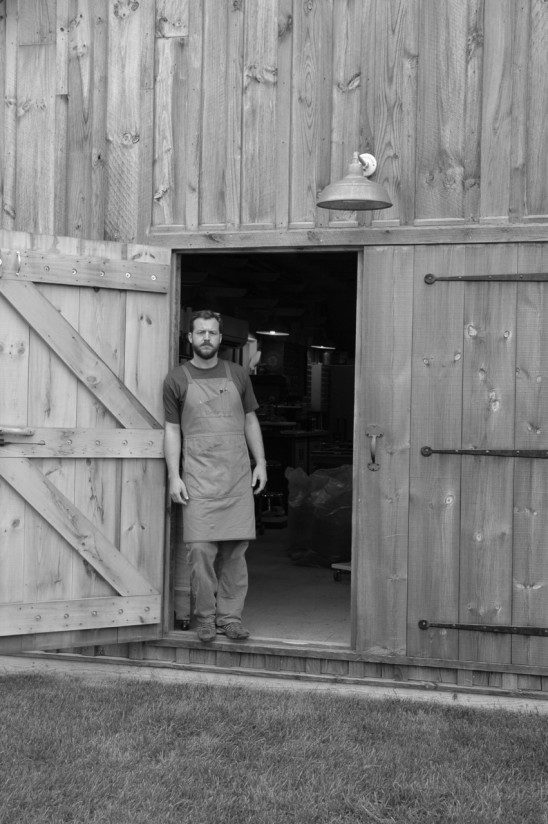
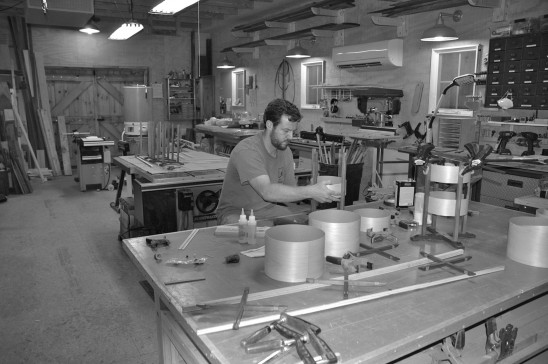
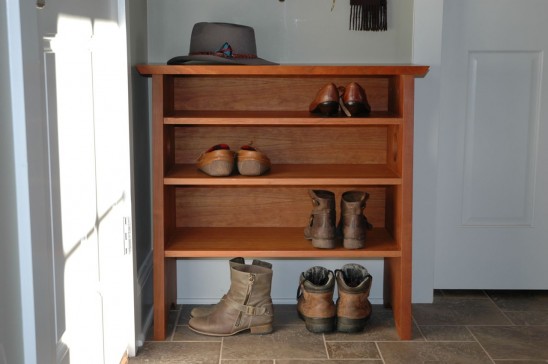
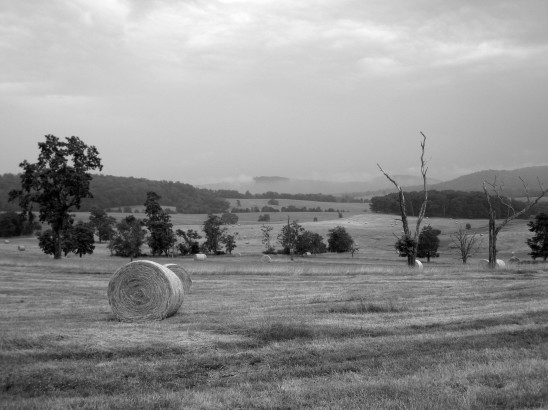
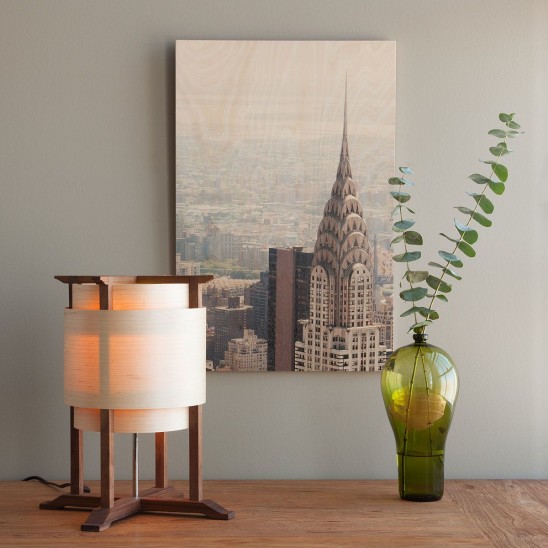
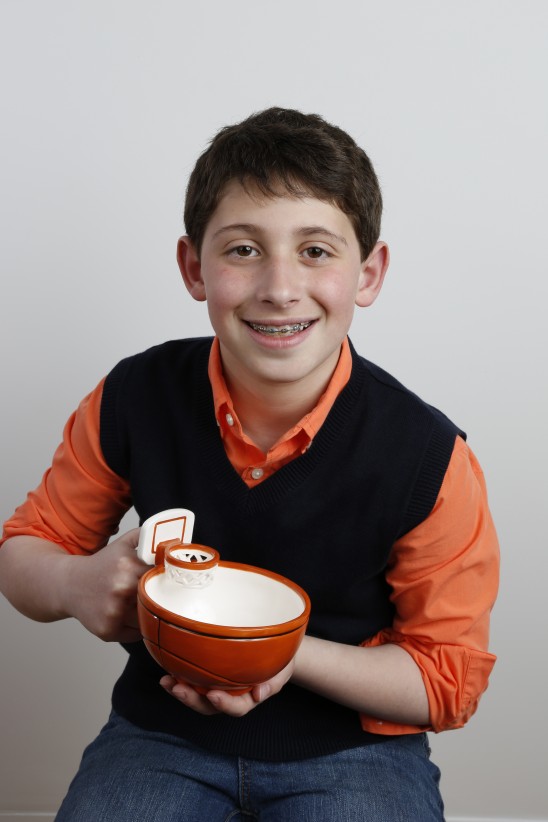
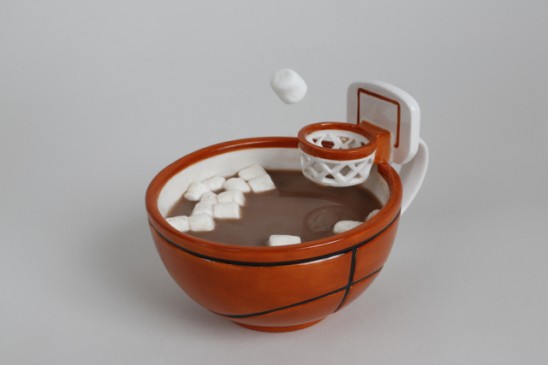
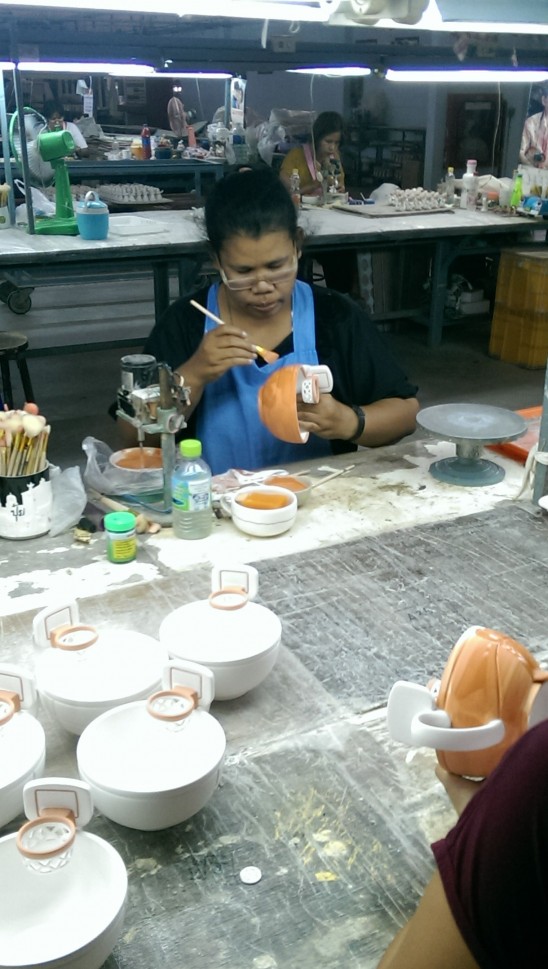
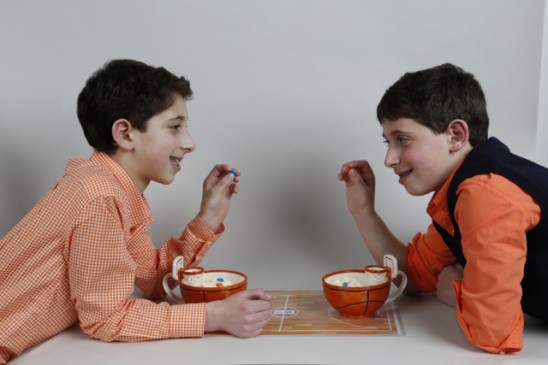
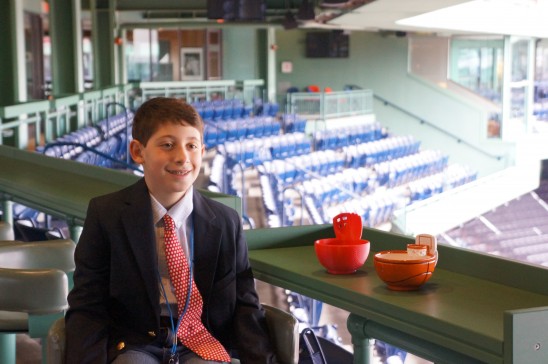
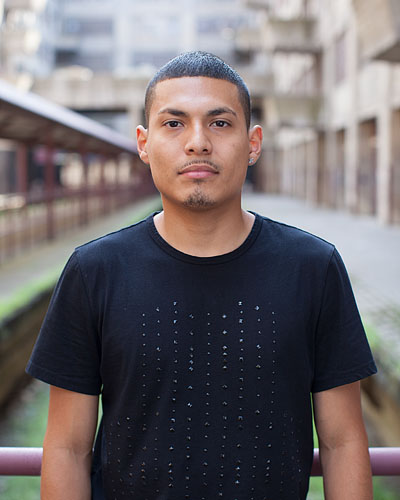
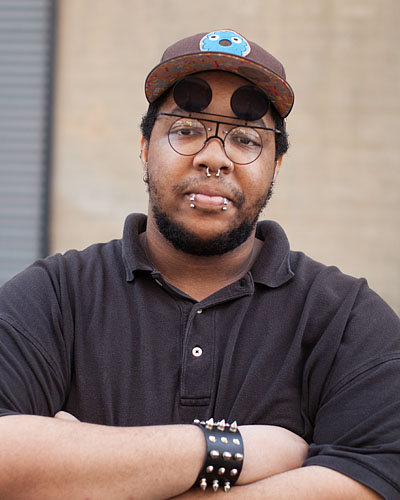 Christopher McRae, UncommonGoods SQL Specialist
Christopher McRae, UncommonGoods SQL Specialist